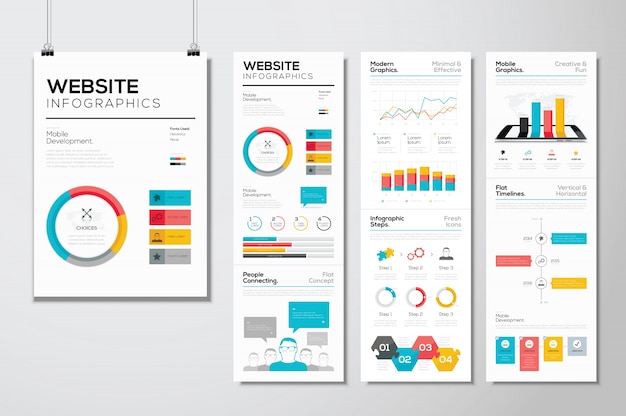Intrigued In Discovering Just How Web Site Style Has Transformed Throughout The Years? Check Out The Trip
Intrigued In Discovering Just How Web Site Style Has Transformed Throughout The Years? Check Out The Trip
Blog Article
Content By-Johnsen Dalby
In the past, web sites were easy and concentrated on details. Navigation was straight, and layout was for desktops. Now, individual experience is vital. Information overviews styles for easy navigating. Receptive formats suit various gadgets. Today, dark mode decreases strain, and minimal food selections enhance navigation. click here to find out more involve users, and strong visuals stick out. AI assimilation enhances involvement. See exactly how design has actually progressed to enhance your online trip.
Early Days of Website Design
In the very early days of website design, simplicity reigned supreme. Websites were standard, with restricted shades, fonts, and formats. The focus was on offering info as opposed to flashy visuals. Users accessed the web with sluggish dial-up links, so rate and capability were vital.
Navigating food selections were straightforward, generally situated on top or side of the web page. Websites were developed for desktop, as mobile browsing had not been yet prevalent. Material was king, and developers prioritized easy readability over intricate layout elements.
HTML was the primary coding language made use of, and developers had to function within its restraints. Computer animations and interactive features were very little compared to today's standards. Websites were static, with little dynamic material or personalized user experiences.
Surge of User-Focused Design
With the advancement of website style, a shift in the direction of user-focused style concepts has come to be increasingly noticeable. Today, producing web sites that focus on customer experience is crucial for engaging visitors and attaining service goals. User-focused style includes understanding the requirements, preferences, and behaviors of your target market to customize the internet site's design, material, and features appropriately.
Developers now carry out complete research, such as user studies and functionality screening, to gather insights and feedback straight from individuals. This data-driven approach helps in developing intuitive navigating, clear calls-to-action, and visually attractive interfaces that resonate with site visitors. By putting the individual at the facility of the design process, internet sites can deliver a more individualized and pleasurable experience.
Responsive layout has actually also emerged as a key element of user-focused design, ensuring that web sites are maximized for various tools and screen dimensions. This adaptability improves ease of access and use, satisfying the varied ways users connect with web sites today. Essentially, the rise of user-focused layout symbolizes a shift towards developing electronic experiences that prioritize the demands and expectations of the end user.
Modern Trends in Web Design
Explore the most up to date patterns shaping website design today. One prominent trend is dark setting design, using a smooth and contemporary look while reducing eye pressure in low-light atmospheres. Another crucial trend is minimalist navigating, simplifying menus and boosting individual experience by concentrating on essential elements. Incorporating https://email-marketing-analytics16284.blogrenanda.com/32854785/examining-the-influence-of-voids-in-internet-site-styles -interactions, such as computer animated buttons or scrolling results, can produce an extra engaging and interactive site. Responsive style continues to be important, making sure seamless user experiences across different devices. Additionally, using strong typography and asymmetrical formats can include visual interest and accentuate details content.
Incorporating AI innovation, like chatbots for client assistance or personalized suggestions, improves individual interaction and streamlines procedures. Ease of ada website compliance guidelines has additionally come to be a considerable pattern, with designers prioritizing comprehensive style techniques to satisfy varied customer requirements. Accepting sustainability by optimizing site efficiency for rate and performance is another arising fad in website design. Collaborating with individual responses and data analytics to repeat and enhance design continually is necessary for staying relevant in the ever-evolving electronic landscape. By embracing these modern-day fads, you can develop an aesthetically appealing, user-friendly web site that reverberates with your audience.
Conclusion
As you review the evolution of site style from the early days to now, you can see how user-focused layout has ended up being the driving pressure behind contemporary fads.
Welcome the journey of change and adjustment in web design, constantly maintaining the individual experience at the center.
Remain current with the current patterns and innovations, and never quit progressing your strategy to produce visually magnificent and straightforward websites.
Develop, adjust, and produce - the future of website design is in your hands.
